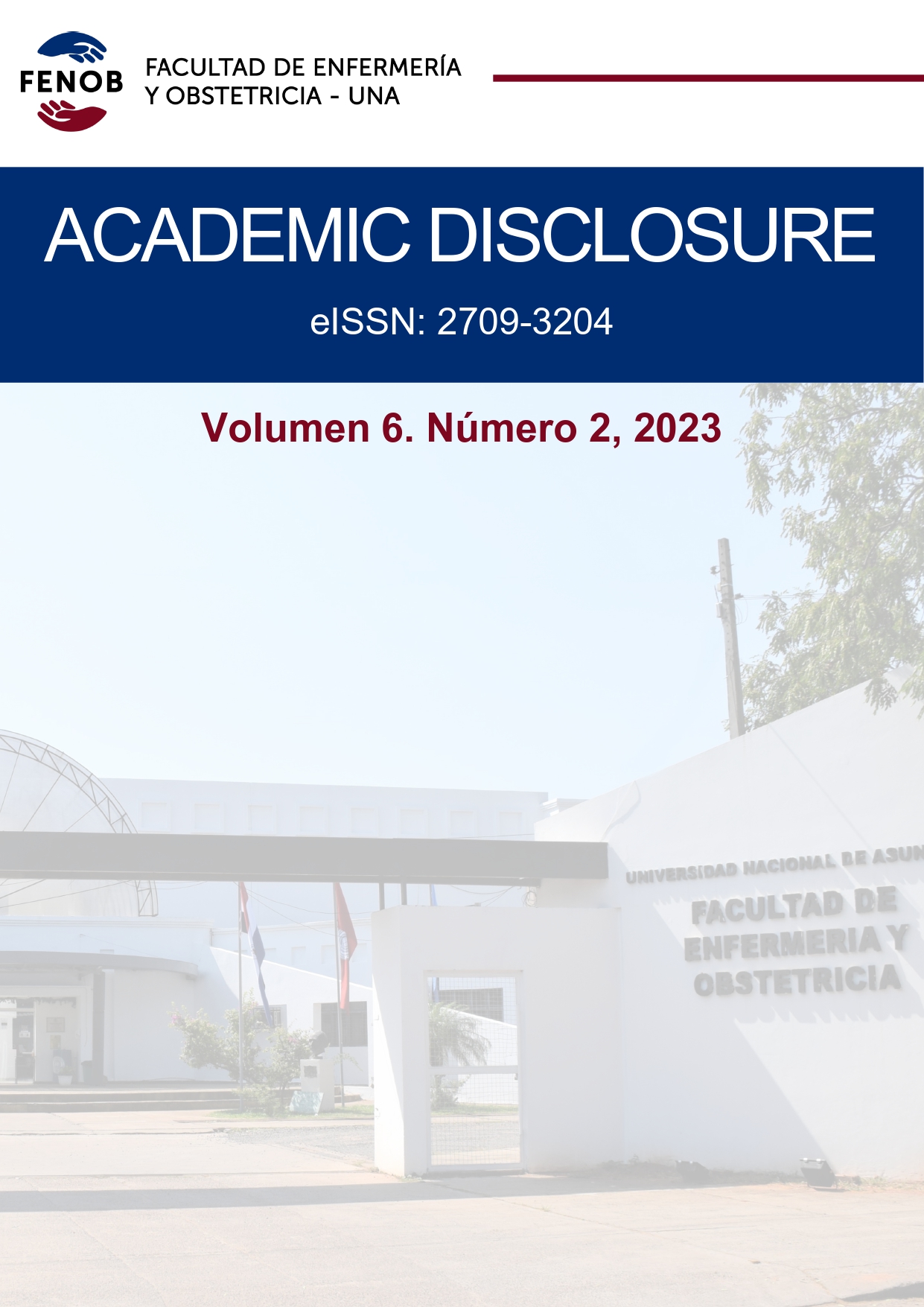Factors involved in the application of equity and/or equal opportunities between women and men. In Paraguay
DOI:
https://doi.org/10.57201/academic.6.2.4148Keywords:
Equidad y/o igualdad de oportunidades entre mujeres y varonesAbstract
When considering the aspect of gender equity as a human right, we are focusing on the concept of providing equal opportunities for women and men, taking into account the context of equal circumstances, conditions and forms of treatment, valuing the particularities of each one of them, which allow and guarantee access to the rights they have as individuals. Objective: to evidence the factors involved in the application of equity and/or equal opportunities between women and men in Paraguay. Methodology: descriptive, quantitative approach, secondary source, bibliographic review of official documents and scientific articles. Results: Gender inequalities are not the product of the personal decision of a Paraguayan woman; they are based on social structures of historical-cultural basis rooted in Paraguay. The elected positions through the popular vote that have most favored women were the departmental councils, the senate and the deputation, however, they have never occupied their presidencies or a staff level. In the governorships, a woman has never won, revealing the difficulties they face to adhere to uninominal positions as opposed to the collegiate positions held by men. However, considering our history and culture, we can glimpse a break in the standardized pattern, since in more than 211 years of independence, a woman has bravely assumed and ran for the position of president of the republic, which is not a minor fact in a hyper macho country. In the Judiciary, there is very low participation of women in high-level areas. Only 2 women (2015) are members of the Supreme Court of Justice, these are mostly in administrative positions of middle management or direct service, as secretaries or lower-ranking officials, the positions of greater responsibility (political, administrative and of course with higher remuneration) are assigned to men. Conclusions: Finally, when analyzing the application of equity and/or equal opportunities, it is observed that the organizations do not apply the existing protocols for the effect, they do not have budget allocation to implement public policies with quality social services in the areas with the highest prevalence of gender-based violence. This shows that there is no political will to apply concrete actions from the government to guarantee human rights. The Paraguayan State, inefficient to face the security, welfare and life itself of women, considering that they are important, glorious and beautiful, they achieved the resurgence of the country after two bloody wars, they sustain the family economy with tiny and miserable salaries, with which they educate their children inside and outside the system, support the health of their family and allow the demographic growth, among their many important roles, so they should be respected on equal terms with men who can not perform even half of these functions.
Downloads
References
(1) Mongelós Mayeregger T. Paraguay: la reproducción de las desigualdades de género en los fueros laborales. Igualdad que produce desigualdad. CLACSO. 2015; p. 12-30.
(2) Pereira Jardim L. Teoría social y concepción del trabajo: una mirada a los teóricos del siglo XIX. Gaceta Laboral. 2008.
(3) Organización Internacional del Trabajo. Igualdad de oportunidades y trato entre mujeres y hombres en el lugar de trabajo. Módulo formativo para la inspección del trabajo. Organización Internacional del Trabajo. 2017; p. 1-198.
(4) Chicha MT. Promoción de la igualdad salarial por medio de la evaluación no sexista de los empleos. Organización Internacional del Trabajo. 2008.
(5) Ministerio de la Mujer. Igualdad de género y principales brechas en Paraguay. ONU Mujeres. 2015.
(6) Serafini V. Igualdad de Género y Principales Brechas en Paraguay. ONU. 2014; p. 35-67.
(7) Coordinadora de Derechos Humanos del Paraguay (CODEHUPY). Informe de Derechos Humanos en Paraguay. Sin democracia no hay vigencia de los Derechos Humanos. CODEHUPY. 2012.
(8) CEPEP. Encuesta Nacional de Demografía y Salud Sexual y Reproductiva 2008 (ENDSSR 2008). Informe final. CEPEP. 2008.
(9) Naciones Unidas. https://www.un.org/es/about-us/universal-declaration-of-human. [Online]; 2023. Disponible en: https://www.un.org/es/about-us/universal-declaration-of-human-rights#:~:text=Toda%20persona%20tiene%20todos%20los,nacimiento%20o%20cualquier%20otra%20condici%C3%B3n.
(10) Word Economic Forum. The Global Gender Gap Report 2014. Word Economic Forum. 2014.
(11) INE. Encuesta Nacional sobre Situación de las Mujeres en Paraguay – ENSIMUP. https://www.ine.gov.py/ckfinder/userfiles/files/ENSIMUP%20resultados.pdf. 2022.
(12) Vera Salerno RA. Violencia de Género. Problema antiguo - nuevos abordajes. Centro de Estudios y Documentaciones. 2009.
(13) Sagot M. Desigualdad, democracia y los límites de la justicia. Nicaragua.
(14) Pérez Sáinz JP. Mercados y bábaros. La persistencia de las desigualdades de exente en América Latina. FLACSO. 2014, p. 22-49.
(15) Fraser N. Escalas de justicia. Herder Editorial. 2008.
(16) Ministerio de la Mujer. Lanzamiento de la Campaña sobre Trabajo Doméstico Remunerado en Paraguay. Asunción.






 Todo el contenido de esta revista, está bajo
Todo el contenido de esta revista, está bajo 